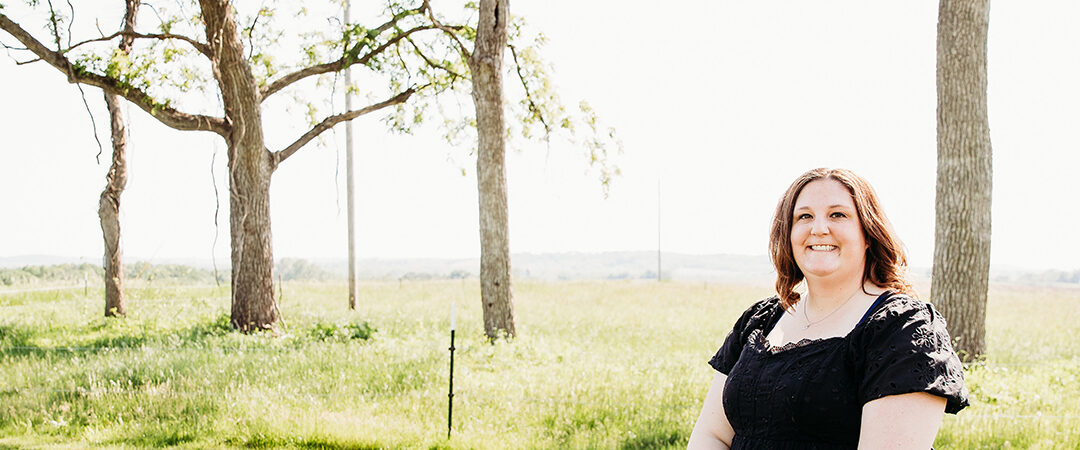This past week, I attended the Association for Educational Communications and Technology 2012 Conference: “Learning in the Age of Globalization” in Louisville, Kentucky. This was an amazing experience, one that I will never forget. I returned home late last night, and I would like to take this opportunity to reflect on some of the sessions I attended, lessons I learned, and networking connections that I made.
The first session I attended upon arrival in Louisville was titled “The FADE Model for the Visual Design of Instruction.” This session focused on integrating creativity into the design of instruction, while also saving time—emphasizing the relationship between graphic design and instructional design. The FADE Model of visual design focuses on four major components: frame factors, accessing resources, designing, and exploring/playing. This model focuses on several factors that are important for visual design, but are missing in the research surrounding visual design and instruction. These factors include exploring benchmarks set forth by competing designs, taking advantage of available design tools, and focusing on designer strength when developing instruction.
After this session, I attended the keynote session titled “World Class Learners: Educating Creative and Entrepreneurial Students” by Yong Zhao. Zhao’s speech was largely entertaining, and portrayed a very important message. He emphasized the belief that creativity in schools is destructive in nature and deviates from the norm. Students are born with the capacity to be creative, but must conform to become “employable.” However, with globalization and rapid technological changes, we need to rethink this framework. Zhao describes an education system in which we focus on preparing students to be globally competent and creative entrepreneurs.
After the keynote, I attended the Welcome Reception. At the Welcome Reception, I explored the various divisions of AECT and the leadership positions available within each. I was most interested in the Division of Distance Learning and the Design and the Design and Development Division. I am interested in running for a position on the board of the Division of Distance Learning for this coming year. After the Welcome Reception, I ate dinner with the Research and Theory Division of AECT.
The following morning, I spent several hours volunteering at the registration desk. I also attended a roundtable session. Some of the tables I visited were the following: “Keeping the Personal in PLE’s: An Activity that Engages Students in a Personal Learning Environment;” “Intercultural Training for Employees Online and Onground: A Review of Current Research and Practice;” and “Online Social Interaction: Web 2.0 and Social Presence.” I then spent the afternoon volunteering at the AECT bookstore, and ate dinner that evening at a restaurant with other attendees from Iowa State University.
Friday morning I attended a panel discussion titled “The Future of Higher Education: A Panel Discussion on the Systemic Change of Higher Education.” The presenters in the panel identified forces acting upon the current higher education system calling for systemic change, such as assessment, costs, access, internet, complexity, and the need to create engaged citizens, to name a few. They emphasized the need to design an entirely new system instead of redesigning the system already in place. Furthermore, they discussed how we can bring about this change and how to approach this redesign, emphasizing a top-down approach at smaller, community colleges as the primary target.
That afternoon, I presented at a concurrent session with my colleague Pinar Arpaci. Our presentation was titled “Student Perspectives in an Online Anthropology Course.” We described the instructional design model that our office, Engineering-LAS Online Learning at Iowa State University, follows, and the structure and nature of our office. We then focused on the development of a specific online course at Iowa State University—Anthropology 309: Linguistic Anthropology. We identified two evaluation surveys that were distributed, and feedback from students that will be instrumental in the redesign of the course for the coming semester.
That evening, I attended the Annual AECT Meeting and listened to the two presidential candidates give their platform speeches. Then, I attended the University Reception. This reception was an opportunity for universities with instructional systems technology or instructional design programs to reach out to prospective students. I then went out to eat with several students from Indiana State University.
After three busy days at AECT, I feel truly inspired and motivated to pursue research in the field of educational technology. On December 15, 2012 I will transition to my new life in St. Louis, Missouri developing online courses for Maryville University, and several of the things I have learned will be especially useful in my new position. I am excited to share what I’ve learned with my colleagues at Engineering-LAS Online Learning, as well as my peers. I look forward to attending AECT next year, and am eager to pursue a leadership position within the organization—I’m still researching how my skills and talents might best suit the organization.
| Janet Roberts and Pinar Arpaci presenting at AECT 2012: “Student Perspectives on an Online Learning Environment” |
